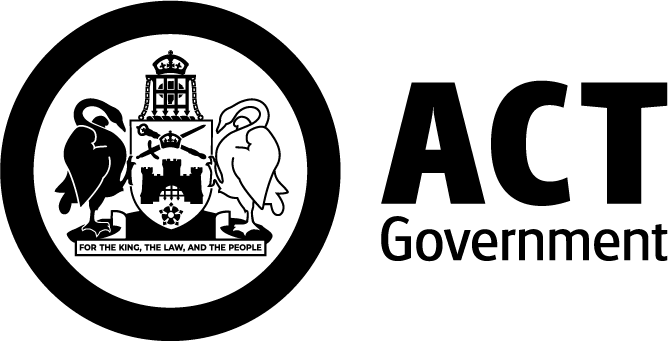On this page

Project overview
Light Rail Stage 2B Commonwealth Park to Woden (Stage 2B) will extend Canberra’s light rail network to complete a north-south public transport link from Gungahlin, through the City Centre and on to Woden.
Extending light rail further south will give more people more transport options, help reduce traffic congestion and support Canberra’s transition to a zero emissions future.
Stage 2B will deliver at least nine new stops between Commonwealth Park and Woden. Light rail vehicles will cross Lake Burley Griffin via a new bridge constructed between the existing Commonwealth Avenue bridges, travel through the National Triangle, and along Adelaide Avenue and Yarra Glen.
The ACT Government is investing now to deliver an integrated public transport network for our growing city. When combined with rapid and suburban bus services and integrated active travel routes, the system will better connect Canberra to meet our growing city’s future transport needs.

Planning and approvals
Design, planning and approvals work on Stage 2B is progressing.
Careful and considerate planning will help preserve the National Triangle’s cultural and heritage significance, maintain the well-known vistas that Canberra is known for, and ensure Canberran’s have access to reliable and convenient transport options for decades to come.
This complex project requires several Australian and Territory Government environmental and planning approvals.
The ACT Government lodged an Environment Protection and Biodiversity Conservation Act 1999 (EPBC Act) referral for Stage 2B to the Australian Government. This referral outlined the ACT Government’s intention to further investigate and study the preferred light rail alignment past Parliament House via State Circle East, as well as alternative stops in the National Triangle and Barton. This approach will ensure the project can be flexible and responsive as planning work progresses.
The EPBC Act referral was determined to be a ‘controlled action’ by the Australian Government Minister for the Environment. Read more about the EPBC Act referral process. This means the ACT Government is now required to prepare an Environmental Impact Statement (EIS) to progress the project through both Australian and Territory government approvals. The EIS will look at the potential impacts of the project and consider any required management or mitigation measures. Read more about EIS documents in the ACT.
In parallel, an application for a ‘Scoping Document’ was lodged with the Territory Planning Authority. Like the EPBC Act process, the Scoping Document establishes key issues that will need to be considered in an EIS to meet the requirements of the Territory Planning Act 2023. This is needed before subsequent Development Applications can be submitted for those parts of Stage 2B subject to Territory planning approvals. The Scoping Document has been prepared by the Territory Planning Authority and provided to Major Projects Canberra for consideration as the EIS is developed.

Alignment
The ACT Government’s preferred alignment is to take light rail past Parliament House via State Circle. However, alternative stop options in the National Triangle and Barton are also being studied to ensure the project can be flexible and responsive as planning work progresses. Different alignment and stop options deliver different opportunities in accessing employment and cultural institutions, place enhancement and urban renewal. Similarly, they each present different challenges in approvals processes, technical considerations, design, and construction.




